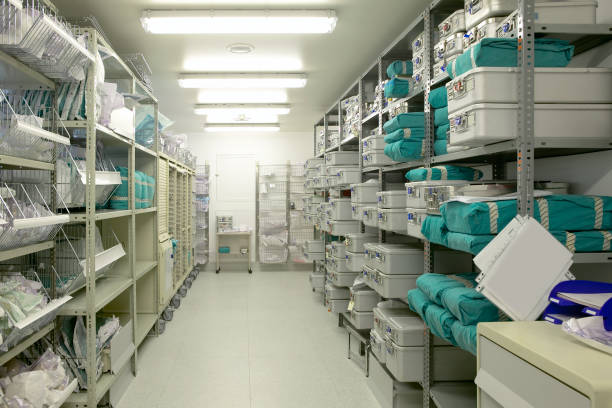Efficient storage of medical supplies is crucial for healthcare facilities to ensure patient safety, streamline operations, and maintain regulatory compliance. One of the key components in achieving an organized and functional storage system is a medical supplies storage cabinet. In this article, we will explore the importance of a well-designed storage cabinet, its features, and best practices for optimizing storage space while keeping supplies easily accessible.
Understanding the Significance of a Medical Supplies Storage Cabinet
Medical supplies storage cabinets play a vital role in healthcare facilities by providing a secure and organized space for storing various supplies, including medications, bandages, syringes, and diagnostic equipment. The following are key reasons why investing in a quality storage cabinet is essential:
Safety: A designated storage area ensures that potentially hazardous supplies are securely stored, preventing unauthorized access and minimizing the risk of accidents or misuse.
Infection Control: A properly designed storage cabinet can contribute to infection control efforts by preventing contamination and maintaining the sterility of medical supplies.
Time Efficiency: Well-organized cabinets save valuable time for healthcare professionals, allowing them to quickly locate and retrieve the required supplies during emergencies or routine procedures.
Key Features of an Efficient Medical Supplies Storage Cabinet
Size and Configuration: Optimal cabinet size should be determined based on the quantity and type of supplies to be stored. Consider adjustable shelves or modular configurations to accommodate different items and allow for future expansion.
Security Measures: Cabinets should be equipped with locking mechanisms to restrict access and ensure the safety of sensitive or controlled substances.
Durability and Hygiene: Look for cabinets constructed from high-quality materials that are easy to clean and resistant to corrosion or damage. Stainless steel cabinets are a popular choice due to their durability and antibacterial properties.
Visibility and Accessibility: Transparent or partially transparent doors, along with internal lighting, can enhance visibility and allow easy visual assessment of stock levels. Additionally, consider pull-out drawers or adjustable shelving to improve accessibility.
Temperature Control: For storing temperature-sensitive items, such as vaccines or certain medications, cabinets with integrated temperature monitoring and regulation features are crucial.
Best Practices for Optimizing Medical Supplies Storage Space
Categorize and Label: Sort supplies into categories and clearly label shelves or compartments to promote efficient organization and easy identification.
First-In-First-Out (FIFO): Adopt the FIFO method for stock rotation to ensure that supplies with limited shelf life are used before expiration, minimizing waste and maintaining inventory freshness.
Regular Audits: Conduct routine audits to assess stock levels, discard expired items, and identify any shortages or overstock situations. This practice helps maintain an accurate inventory and prevents stockouts or excess inventory.
Utilize Storage Accessories: Maximize storage space by using dividers, bins, or adjustable racks to separate and organize smaller items effectively. This prevents clutter and improves visibility.
Staff Training: Properly train healthcare staff on the organization and use of the storage cabinet. Create protocols and guidelines to maintain consistency and ensure everyone understands the storage system.
Conclusion
A well-designed medical supplies storage cabinet is an indispensable asset for healthcare facilities aiming to optimize storage space, improve efficiency, and enhance patient safety. By investing in a quality storage cabinet and implementing best practices for organization; healthcare professionals can streamline their workflow, reduce wastage, and ensure easy access to critical supplies. Remember, an organized storage system is a cornerstone of effective healthcare delivery.
